How long should you wait to exercise after eating?
Should you rush straight into exercise after eating — and what should you eat to get the best results?
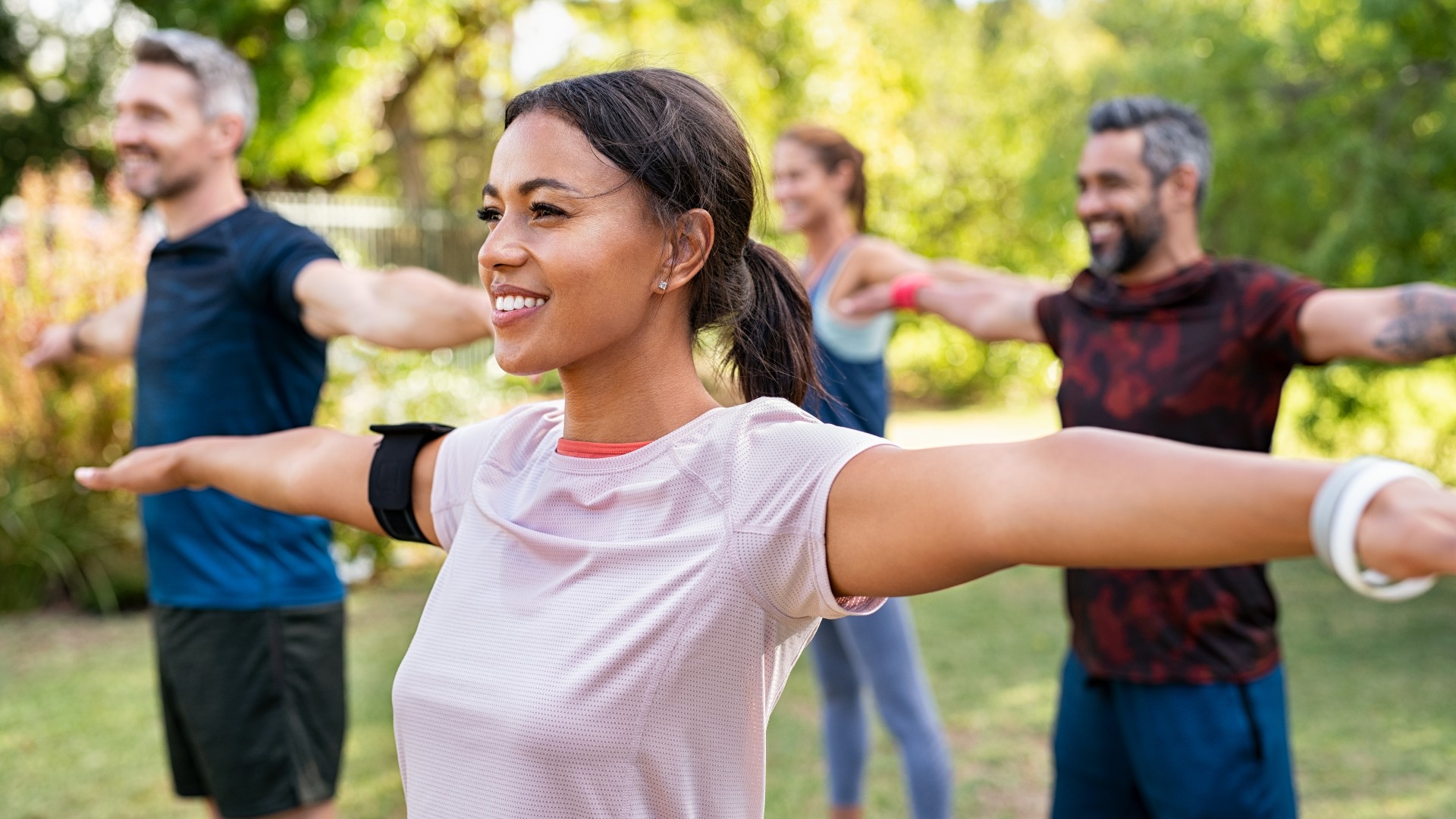
You are likely well aware that optimal nutrition is essential to hitting your fitness goals. But do you know how long you should wait to exercise after eating to get the best results?
Establishing the correct time frame between your meal and your workout may be quite a tricky task. When you provide your body with the right nutrients at the right time, you are more likely to breeze through your training session, no matter whether you prefer to jump on one of the best exercise machines to lose weight or take part in a yoga class. But if you misjudge your ability to digest your foods too close to your workout, you may deal with nausea, acid reflux, and a host of other digestive symptoms. Your energy levels and exercise performance may suffer too.
Knowing how long you should wait to exercise after eating can not only save you from an uncomfortable workout, it may also bring some long term benefits. Studies have shown the nutrient timing may have an impact on your recovery time, muscle building, and even your mood. Indeed, a few small tweaks to your dietary routine could make it easier to achieve your fitness goals.
Here, we look into what and when to eat before exercise to get the best results and supercharge your workouts.
Should you exercise after eating?
Intermittent fasting has become a popular alternative to traditional low-calorie diets, and many have achieved their weight loss goals by abstaining from food. But does working out on an empty stomach help you shed more unwanted pounds? It makes sense to think that exercise after fasting is a shortcut to effective weight loss. However, it may not be as straightforward.
Indeed, according to The American Journal of Physiology, our bodies tend to respond differently to moderate-intensity exercise depending on whether we ate or not. If we exercise after eating, we are more likely to burn the calories from food, and not our excess weight. However, there is no convincing evidence that fasted exercise actually leads to better weight loss outcomes. As described in the Journal of Functional Morphology and Kinesiology, aerobic exercise is likely to produce similar results, regardless of whether you ate or fasted beforehand.
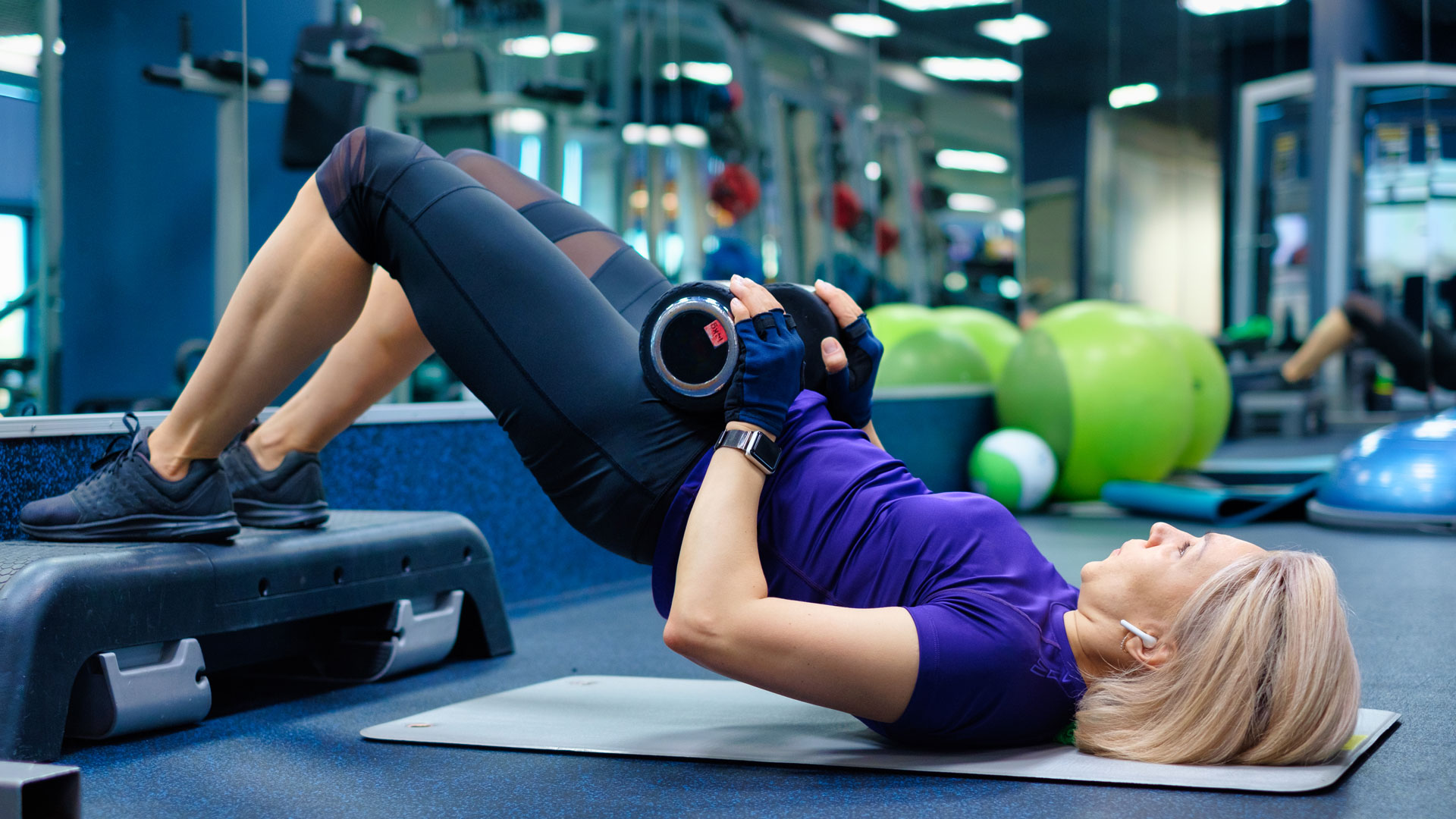
On the other hand, fasting may not be the most optimal strategy for certain types of exercise. According to the Scandinavian Journal of Medicine & Science in Sports, if you plan any prolonged endurance activities, such as long distance running or swimming, it is better to ensure you get enough calories beforehand. The effects may also depend on the length of your fasting.
Get the Fit&Well Newsletter
Start your week with achievable workout ideas, health tips and wellbeing advice in your inbox.
“If you are just hitting the gym in the morning, then there is probably no need to eat, as you will have the energy you need in your muscle cells from the food you ate the night before,” explains Rob Hobson, sports nutritionist at Healthspan Elite. “If you are training later in the day, then it may be beneficial to eat before a workout so you have the energy required to get you through your session.”
When to exercise after eating
Digestion time is the key factor to consider when deciding the best time frame between your meal and your workout.
“When you exercise, blood is transported to the working muscles and less of the blood goes to other body organs such as the digestive system,” says Jenny Pacey, retired Olympic athlete and Bio-Synergy ambassador. “This redirection of blood flow is caused by a mechanism called the vascular shunt mechanism. Blood rushes to the stomach and intestines following a meal, providing relevant systems with oxygen and transporting the products of digestion. This is why meal timing and nutritional choices are so important.”
It takes roughly two to four hours for food, and around 30 minutes for small snacks, to completely move from your stomach to your small intestine. Generally, the sooner you eat before your workout, the smaller and simpler the meal should be. While you do not necessarily have to wait until your food is fully digested before you start your workout, it’s best to give it some time to settle in your stomach.
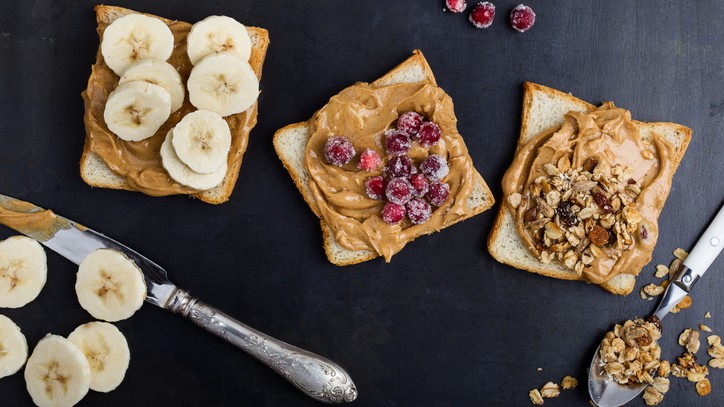
According to the Human Kinetics Journal, athletes who do moderate to high-intensity workouts lasting 35 to 40 minutes benefit more from consuming a meal approximately three hours before exercise. When that time frame increases to six hours, they may struggle with energy levels and performance.
“If you were doing a marathon then it would be really important to eat before the race in order to maximize your liver stores of glycogen,” says Hobson. “This provides a good source of energy to support your performance, whereas if you were doing a yoga or pilates session, then I would avoid eating too close to a session simply for the fact that it could make you feel nauseous or uncomfortable.”
But what if you only have less than 60 minutes left before your workout and you start feeling the hunger pangs? Aim for foods that are simple to digest and contain mainly carbohydrates. It is also a good idea to avoid foods high in fats, protein, dietary fiber, and strong spicy seasonings.
What are the best foods to eat before a workout?
Choosing what to eat before a workout will mostly depend on the type, duration and intensity of your exercise routine. It is also a good idea to experiment with different timings and nutrient compositions to see what benefits your performance the most.
Hobson advises making carbohydrates central to your meal, regardless of when your workout is due. “They provide the energy required to support your energy needs during your session,” he says.
Pacey agrees, and also recommends avoiding meals containing lots of fat or fiber, such as a steak with lentils or a cheeseburger with fries. “Try eating a low-fiber, low fat, easily digestible carbohydrate snack before engaging in short, vigorous exercises like weight training or Pilates, such as a banana, yogurt and granola, or energy bars,” she says.
If you plan to start your workout within three hours or more, aim for foods that are rich in complex carbohydrates, lean protein, and fiber. Good examples include:
- A hearty sandwich made out of whole grain bread, chicken breast and a side salad
- Fish filets, whole grain rice and a portion of roasted vegetables
- Smoked tofu salad with a portion of whole grain pasta
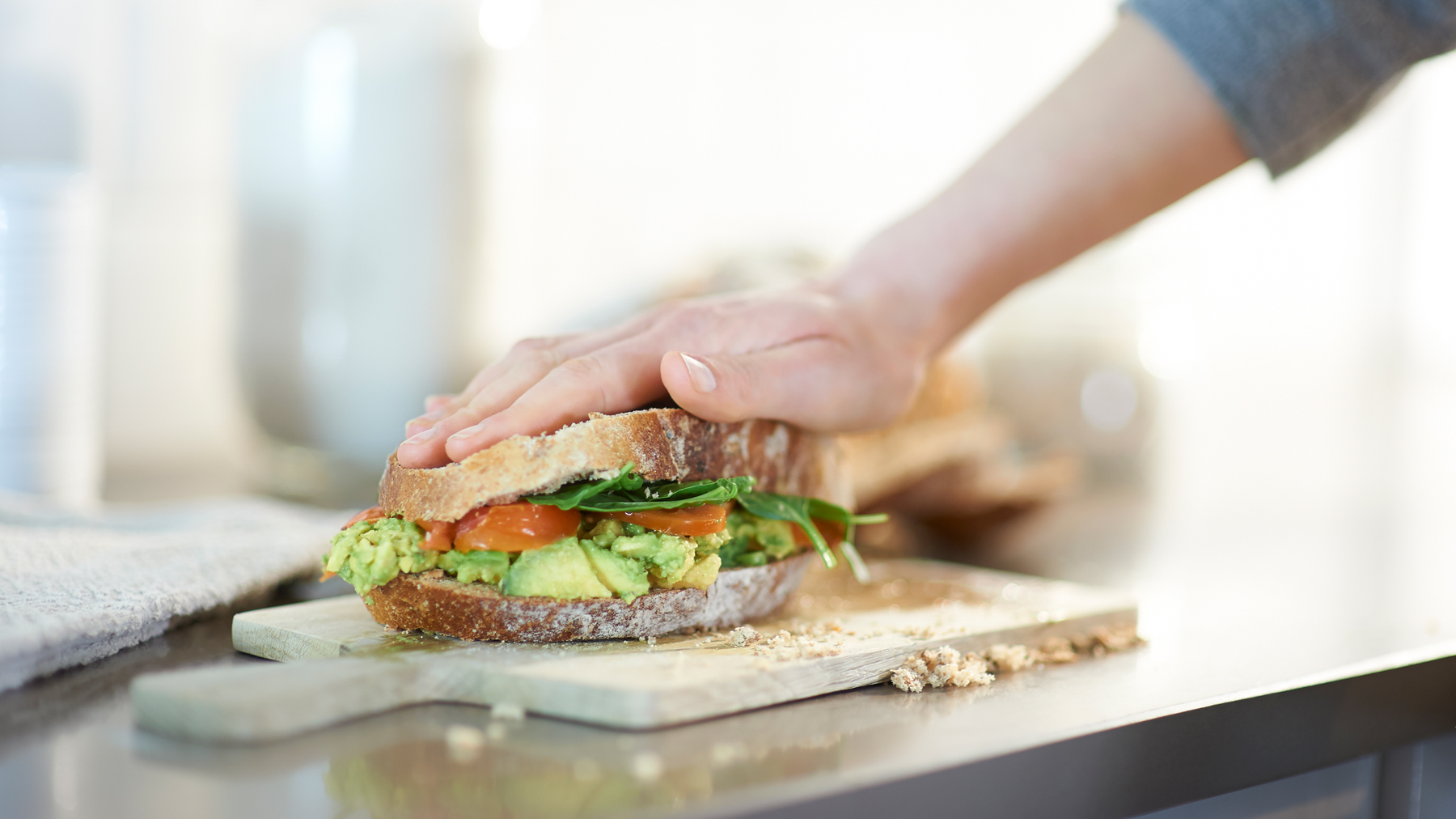
If your workout starts within two hours, aim for foods rich in complex carbohydrates and lean protein, but make sure that the portion is relatively smaller. Good examples include:
- Protein smoothie
- A bowl of whole grain cereals with low-fat yogurt or milk
- A bowl of oatmeal sprinkled with fruit
- Peanut butter and jam whole grain sandwich
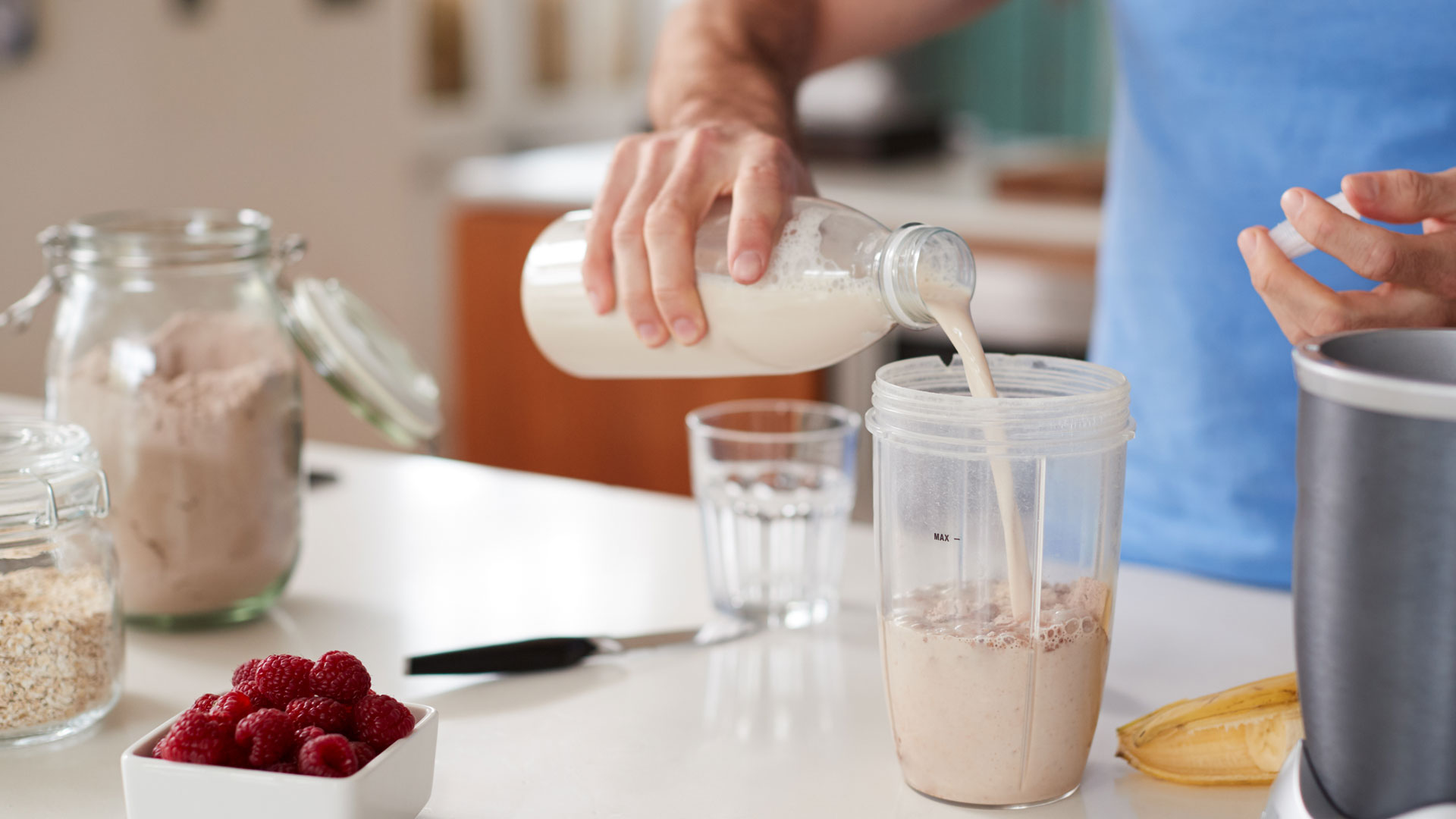
If you plan to start exercising within an hour or less, aim for a small bite-sized meal or a snack made out of easily digestible nutrients. Good examples include:
- Granola bar
- Fruit salad with a dash of Greek yogurt
- A piece of fruit, such as a banana, a handful of grapes, or an orange
- A slice of toast with jam or honey

Anna Gora is a Health Writer for Future Plc, working across Coach, Fit&Well, LiveScience, T3, TechRadar and Tom's Guide. She is a certified personal trainer, nutritionist and health coach with nearly 10 years of professional experience. Anna holds a BSc degree in Nutrition from the Warsaw University of Life Sciences, a Master’s degree in Nutrition, Physical Activity & Public Health from the University of Bristol, as well as various health coaching certificates. She is passionate about empowering people to live a healthy lifestyle and promoting the benefits of a plant-based diet.
-
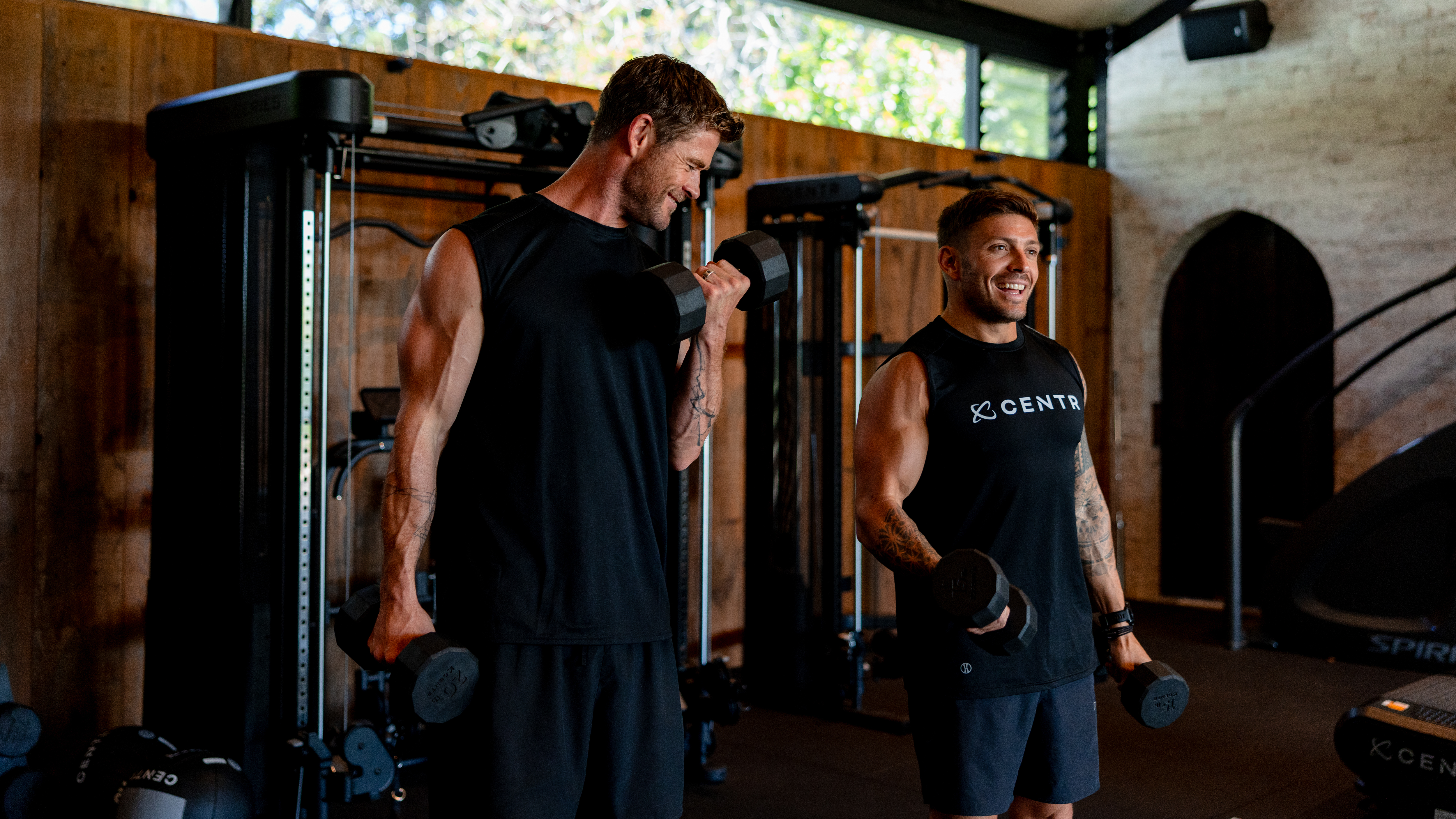 Build blockbuster arms and abs with Chris Hemsworth's go-to dumbbell circuit
Build blockbuster arms and abs with Chris Hemsworth's go-to dumbbell circuitAll you need are adjustable dumbbells and 20 minutes
By Sam Rider Published
-
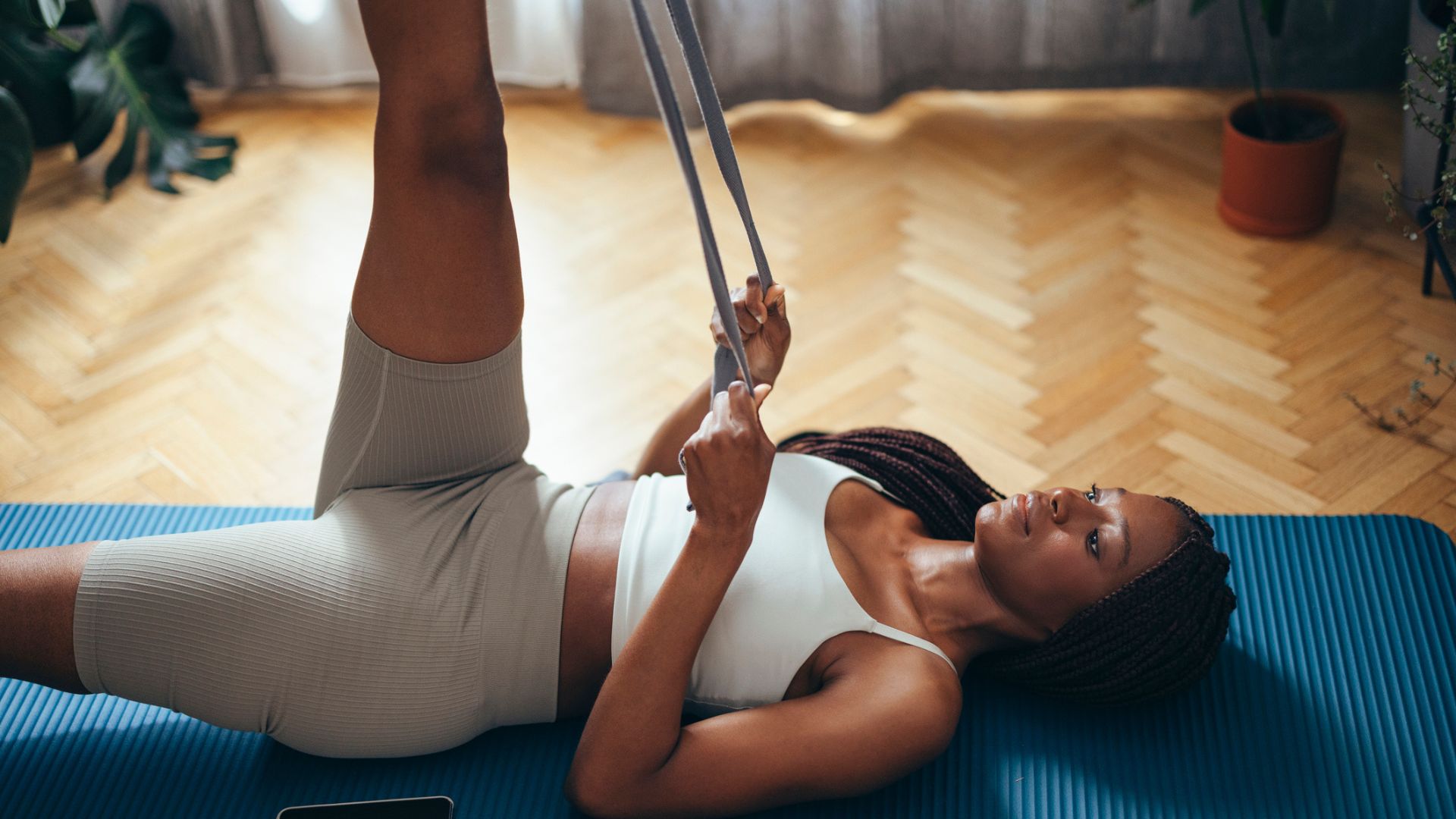 Forget crunches—if I wanted to improve core strength I'd do this neck-friendly Pilates workout
Forget crunches—if I wanted to improve core strength I'd do this neck-friendly Pilates workoutAnd it takes just five minutes
By Maddy Biddulph Published
-
 What’s the best open water swimming technique?
What’s the best open water swimming technique?Fitness Perfect your open water swimming technique and you'll be able to explore your local lakes and pools with confidence
By Maddy Biddulph Published
-
 The best trekking poles 2025
The best trekking poles 2025Buying guide Protect your knees and increase stability with the best trekking poles
By Harry Bullmore Published
-
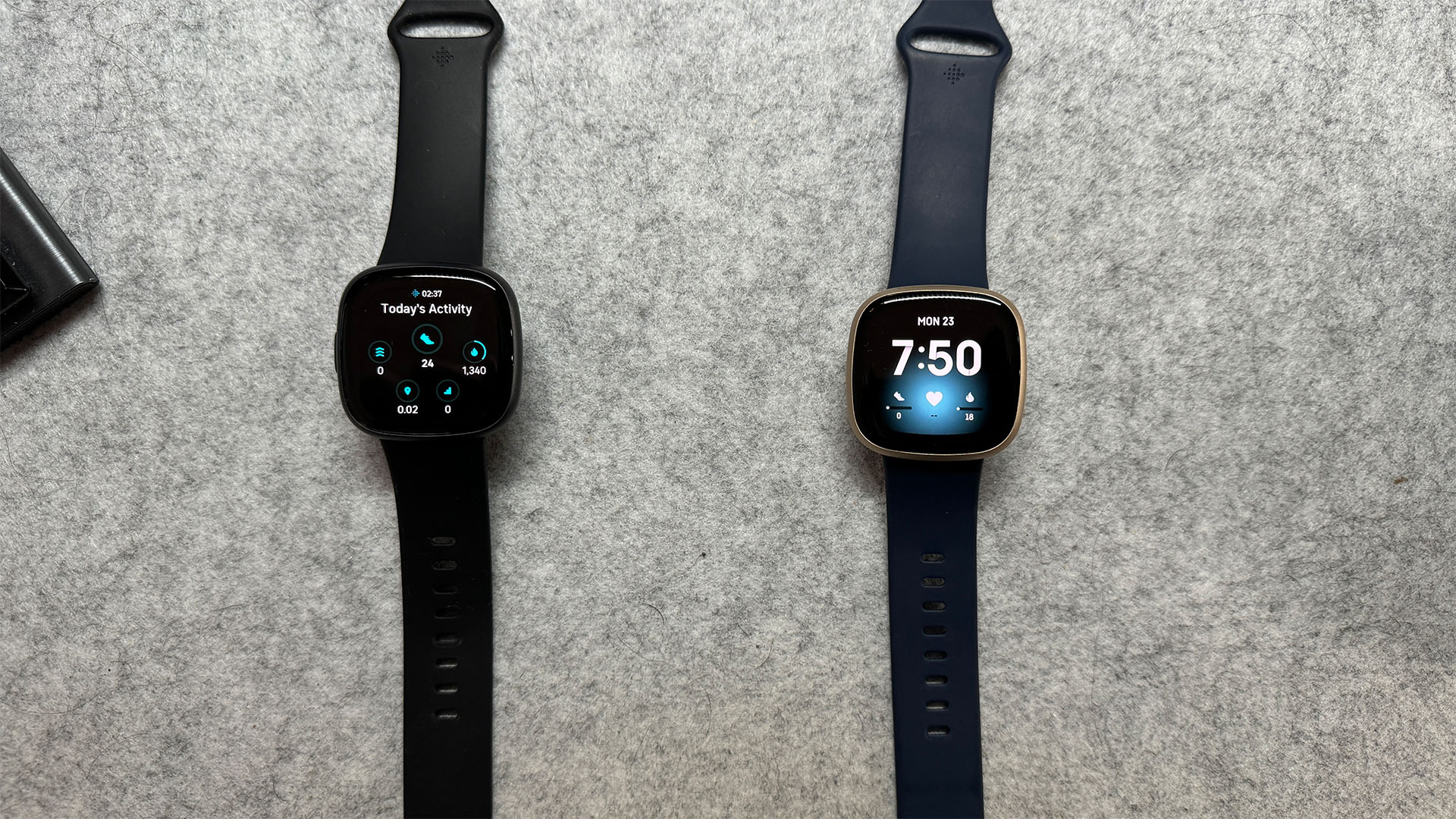 Fitbit Versa 3 vs Versa 4: here's the one I recommend buying
Fitbit Versa 3 vs Versa 4: here's the one I recommend buyingVersus There's little difference between these models, but the Versa 3 is much cheaper
By Lloyd Coombes Last updated
-
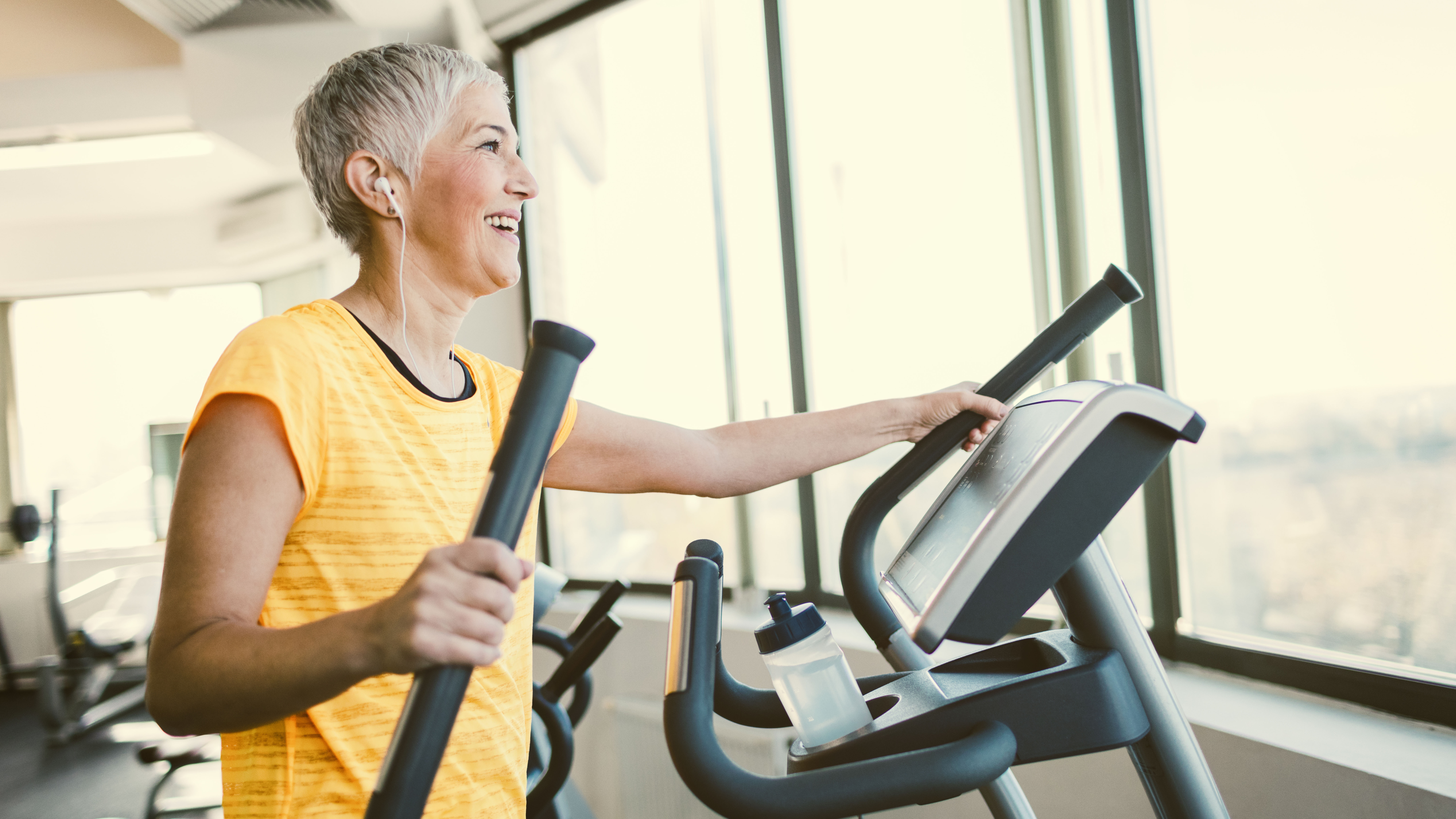 Best elliptical machines for home workouts
Best elliptical machines for home workoutsBuying guide Need a low-impact workout that’s easy on the knees? Try one of the best elliptical machines
By Sam Hopes Last updated
-
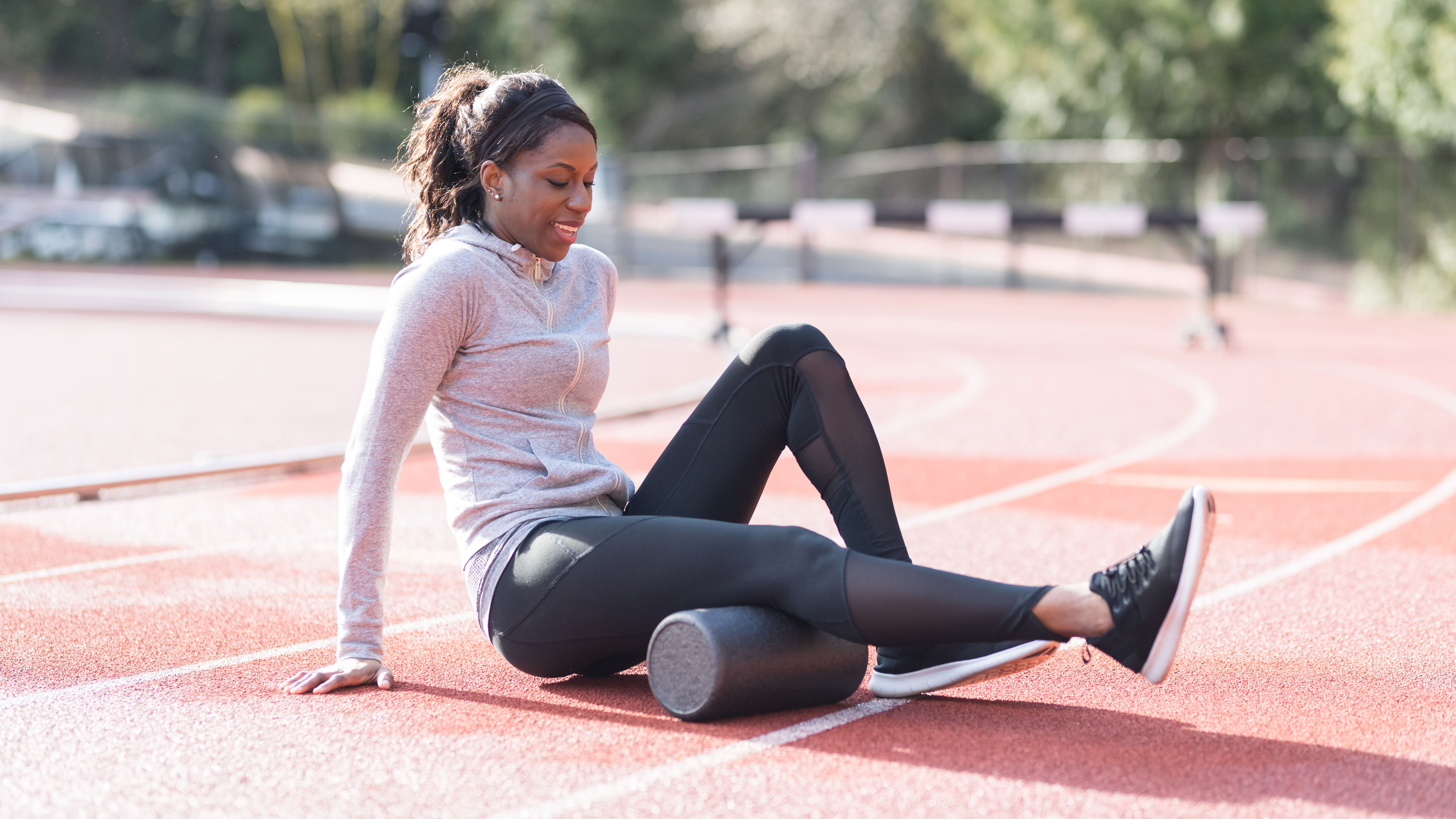 Best foam rollers for soothing sore muscles
Best foam rollers for soothing sore musclesBuying Guide Ease post-workout pain with our pick of the best foam rollers
By Harry Bullmore Last updated
-
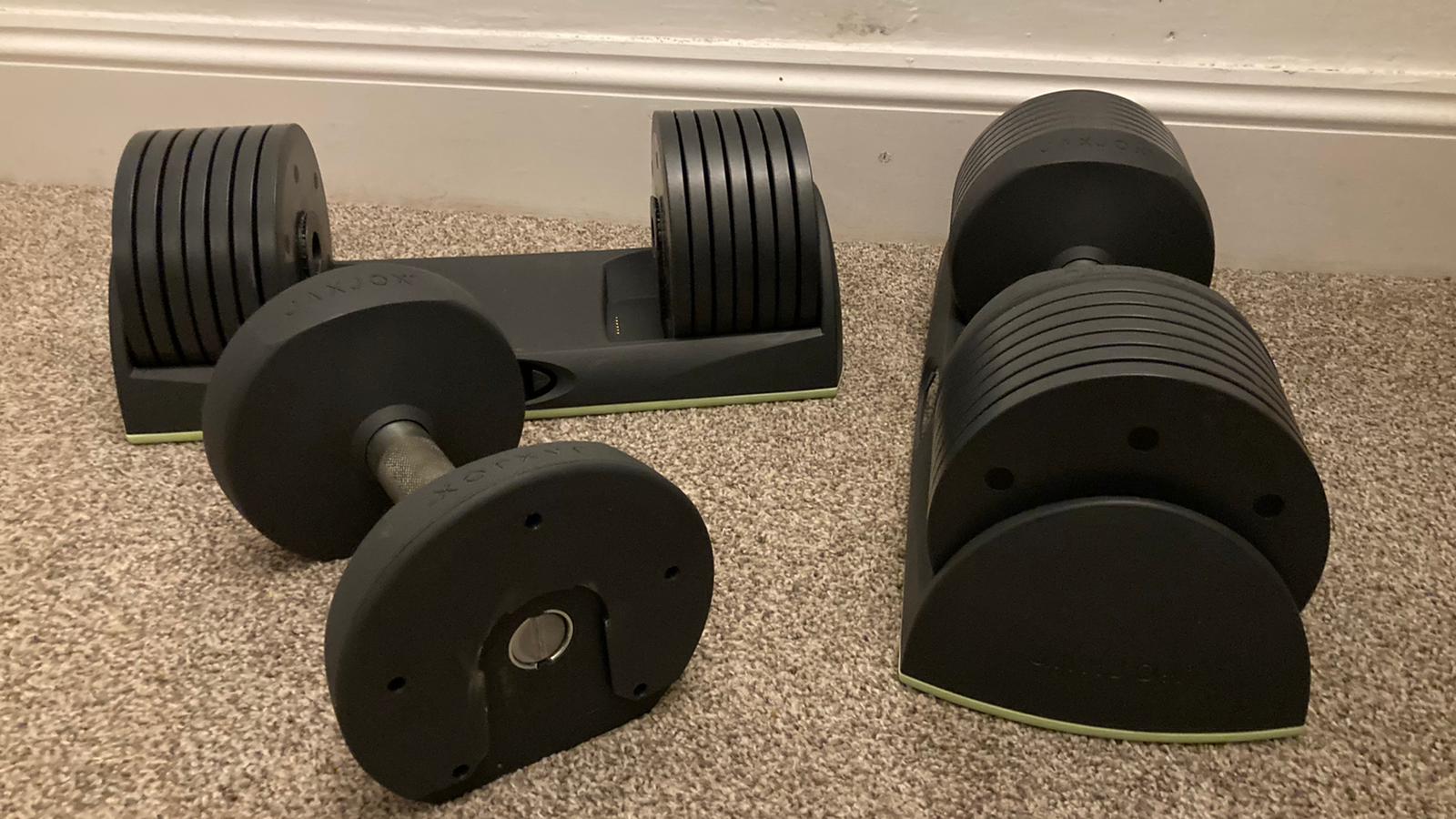 The JAXJOX DumbbellConnects have changed my home workouts forever
The JAXJOX DumbbellConnects have changed my home workouts foreverIf you want to start strength training at home, the JAXJOX DumbbellConnect adjustable dumbbells are the ultimate home workout tool
By Harry Bullmore Published
-
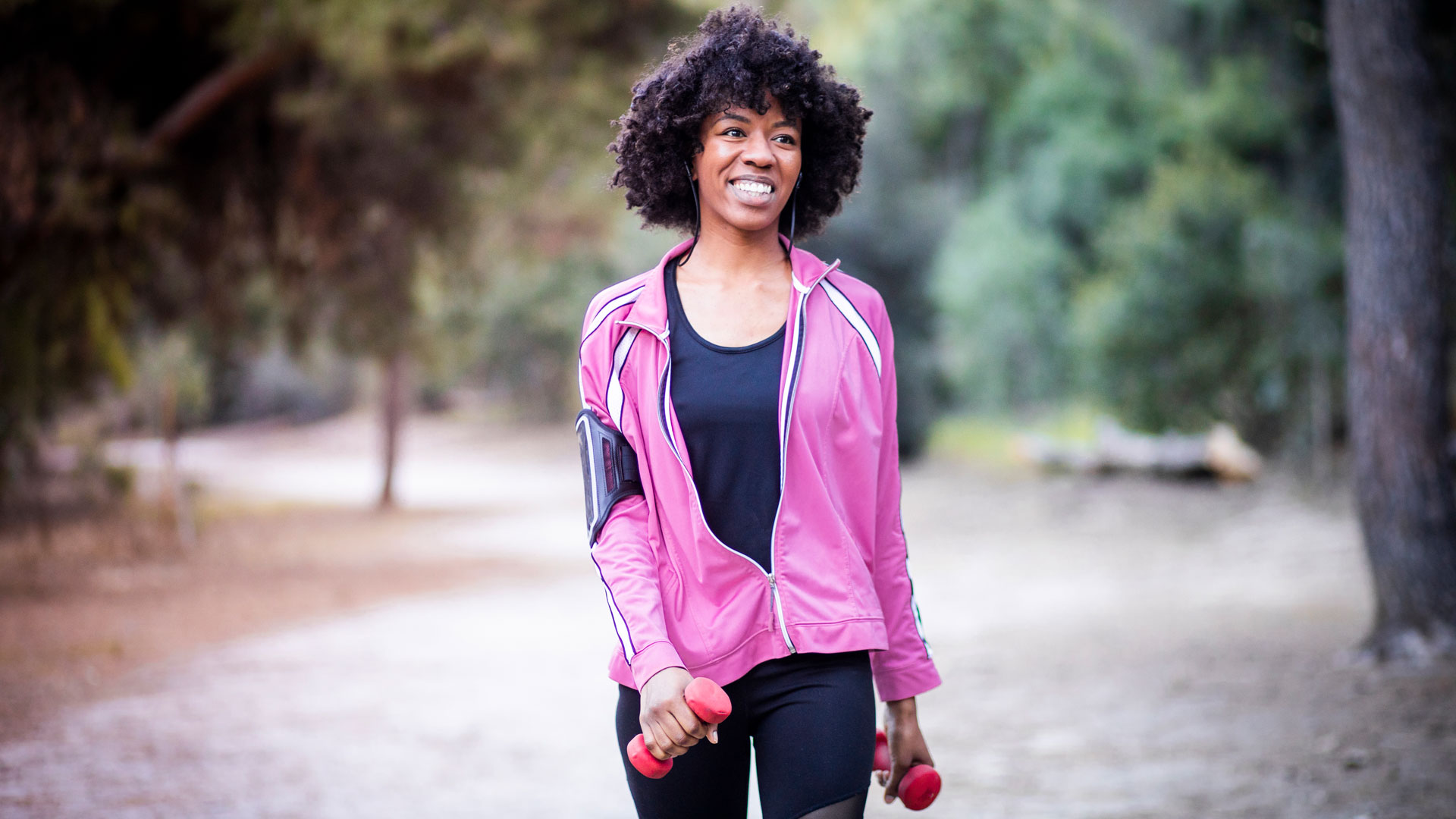 How to go walking with weights to build muscle
How to go walking with weights to build muscleFitness Try working out outside and go walking with weights for some serious health benefits
By Harry Bullmore Published
-
 Does hiking build muscle?
Does hiking build muscle?Fitness Does hiking build muscle? Here’s how this outdoor activity affects your strength
By Lily Canter Published